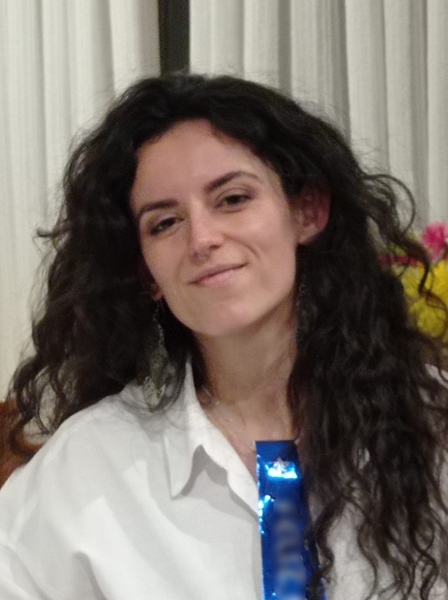Abstract
In a warming climate due to the increasing abundance of greenhouse gases, it is important to acknowledge and study other potentially competing climate drivers, such as Near Term Climate Forcers (NTCFs). These are atmospheric species, such as aerosols and tropospheric ozone, with atmospheric lifetimes shorter than two decades. Through a multi-model analysis we explore how higher concentrations of NTCFs impact climate both in the past (1950-2014) and in the future (2015-2054). Using CMIP6 simulations that isolate these species, our results reveal three main impacts: a general cooling more pronounced in the Arctic region; increased convection in the subpolar gire, particularly in the Labrador Sea; and a southward displacement of the Intertropical Convergence Zone (ITCZ), possibly related to an unbalanced inter-hemispherical distribution of aerosols. Comparing both study periods, we find that future implementation of stronger air quality policies targeting these species would mitigate these climatic effects, though to a lesser extent than the changes experienced in the recent past.
 Short Bio
Short BioAlba Santos-Espeso is a PhD student at the Barcelona Supercomputing Center (BSC), within the Earth Sciences Department, and Universitat Politècnica de Catalunya (UPC). She received her BSc degree in Physics from the Universidad Autónoma de Madrid (UAM), Spain, in 2021. The following year, she completed her MSc degree in Meteorology and Geophysics from the Universidad Complutense de Madrid (UCM), Spain. In the BSC, her work focuses on how atmospheric composition affects climate variability.


